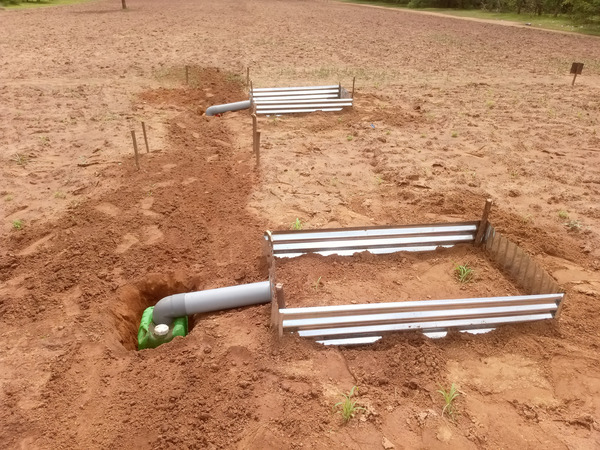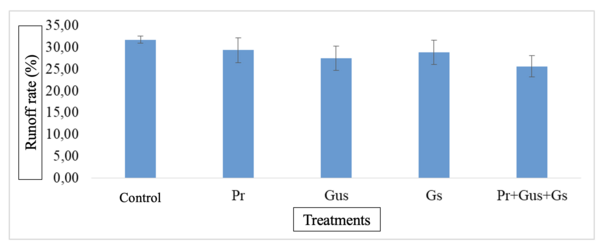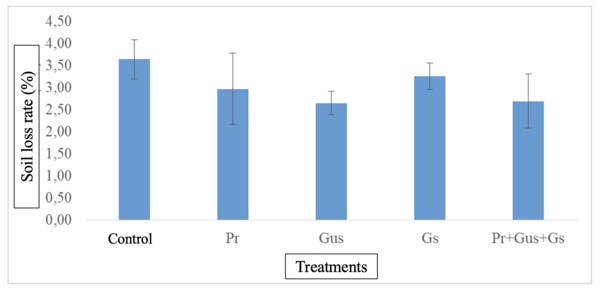Soil erosion remains a major challenge to sustainable land management, particularly in tropical and semi-arid regions where rainfall intensity and poor vegetation cover contribute to rapid soil degradation. Runoff and soil loss not only reduce soil fertility but also threaten long-term agricultural productivity. In response, the use of organic mulches, particularly prunings from agroforestry species, has gained attention as a practical and environmentally friendly strategy for reducing erosion.
Species such as Gliricidia sepium, Piliostigma reticulatum, and Guiera senegalensis are commonly used due to their adaptability and ability to produce substantial biomass. When applied as mulch, these prunings can improve soil structure, increase organic matter content, and reduce the impact of raindrops on soil particles, thereby limiting runoff and sediment transport. However, comparative assessments of these species — both individually and in combination — are necessary to better understand their relative effectiveness in controlling erosion.
This study aims to evaluate the effects of prunings from Gliricidia sepium, Piliostigma reticulatum, and Guiera senegalensis, applied individually and in combination, on runoff rate and soil loss. The findings contribute to the identification of low-cost, sustainable solutions for soil conservation in erosion-prone agricultural systems.
Runoff rate by type of mulching
The runoff rate was not significantly influenced by the use of prunings in mulching. However, comparison of the treatment averages shows that the lowest runoff rate was obtained on the plot with a combination of the three prunings (Pr+Gus+Gs), with an average of 25.62%. It was followed in ascending order by the plots that received Guiera senegalensis (Gus), Gliricidia sepium (Gs) and Piliostigma reticulatum (Pr) prunings, with respective averages of 27.43%, 28.80% and 29.90%. The highest runoff rate was recorded in the control plot with no prunings, with an average of 31.71% (Figure 1).
Loss of soil by type of mulching
The use of prunings did not have a significant effect on soil loss. Soil loss followed a similar trend to the runoff rate, with the lowest soil loss obtained by the treatment with the combined application of the three prunings, with an average of 2.69 tha-1, and the greatest soil loss observed in the control plot with no prunings (Figure 2). The low soil loss in the plots to which prunings were added could be explained by the maintenance of structural stability and the reduction of erosion through the addition of organic matter.





 tap and then scroll down to the Add to Home Screen command.
tap and then scroll down to the Add to Home Screen command.